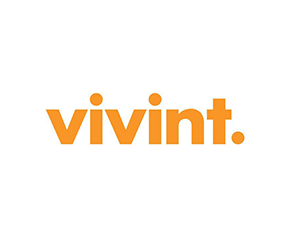What is a 3D Graphic Designer?
A 3D Graphic Designer is a creative professional who specializes in producing three-dimensional visual content for various purposes, including advertising, entertainment, and product design. Using specialized software, 3D graphic designers create lifelike renderings of objects, characters, environments, and animations. Their work involves a combination of artistic talent, technical skill, and an understanding of spatial design to bring ideas and concepts into visually immersive and realistic 3D representations.
How do you become a 3D Graphic Designer?
- Acquire Education in 3D Design: Pursue formal education in 3D design, animation, or a related field to gain a solid foundation in the principles of three-dimensional graphics.
- Master 3D Design Software: Develop proficiency in industry-standard 3D design software such as Autodesk Maya, Blender, Cinema 4D, or 3ds Max.
- Build a 3D Design Portfolio: Create a diverse portfolio showcasing your 3D design projects, including examples of character models, product visualizations, and animations that highlight your range of skills.
- Participate in 3D Design Communities: Engage with online communities, forums, and social media groups focused on 3D design to stay updated on industry trends, share your work, and learn from other professionals.
- Gain Practical Experience: Seek practical experience through internships, freelance projects, or personal initiatives to apply theoretical knowledge and build a strong practical understanding of 3D graphic design.
Skills needed to be a 3D Graphic Designer:
- 3D Modeling: Mastery of 3D modeling techniques, including the ability to create detailed and realistic three-dimensional objects and characters.
- Texturing and Shading: Skill in applying textures and shaders to 3D models, enhancing their visual appeal, and simulating real-world materials.
- Lighting and Rendering: Proficiency in lighting and rendering techniques to create realistic and visually striking 3D scenes.
- Animation: Ability to create animations, including character movements, object interactions, and environmental changes, using keyframe and timeline animation methods.
- Understanding of Spatial Design: Knowledge of spatial design principles to create visually balanced and aesthetically pleasing 3D compositions.
- Problem-Solving: Strong problem-solving skills to address challenges related to complex 3D scenes, animations, or technical issues in the design process.
- Attention to Detail: Keen attention to detail to ensure precision in 3D models, textures, and animations.
- Collaboration: Effective collaboration skills to work with other designers, animators, and stakeholders in a team environment.
- Time Management: Efficient time management skills to meet project deadlines and deliver high-quality 3D graphic designs within specified timeframes.
- Continuous Learning: A commitment to continuous learning, staying updated on emerging technologies, tools, and trends in the dynamic field of 3D graphic design.







